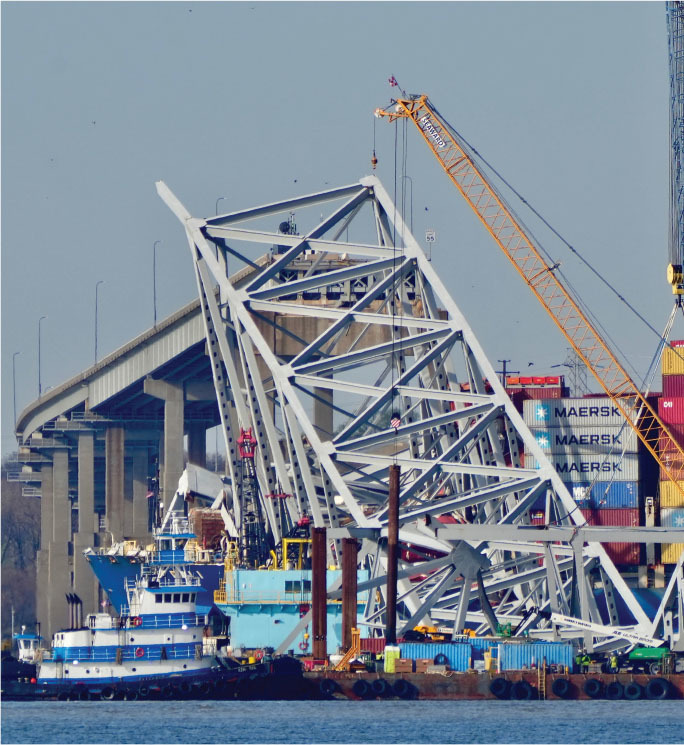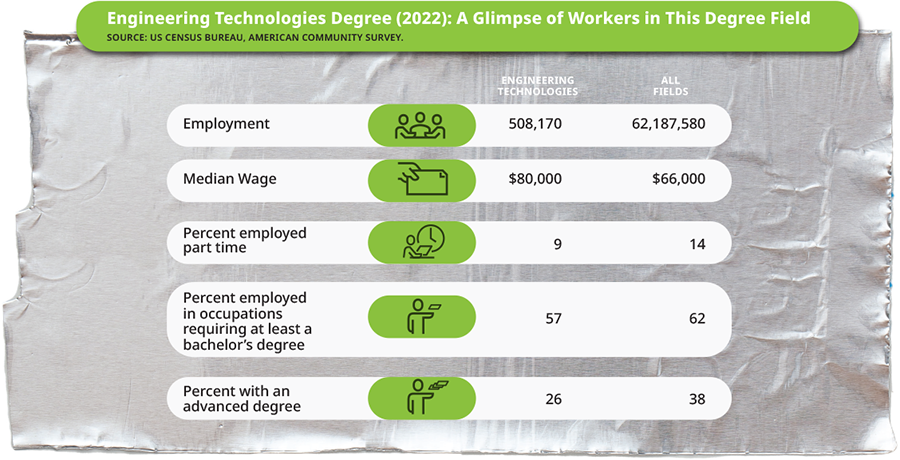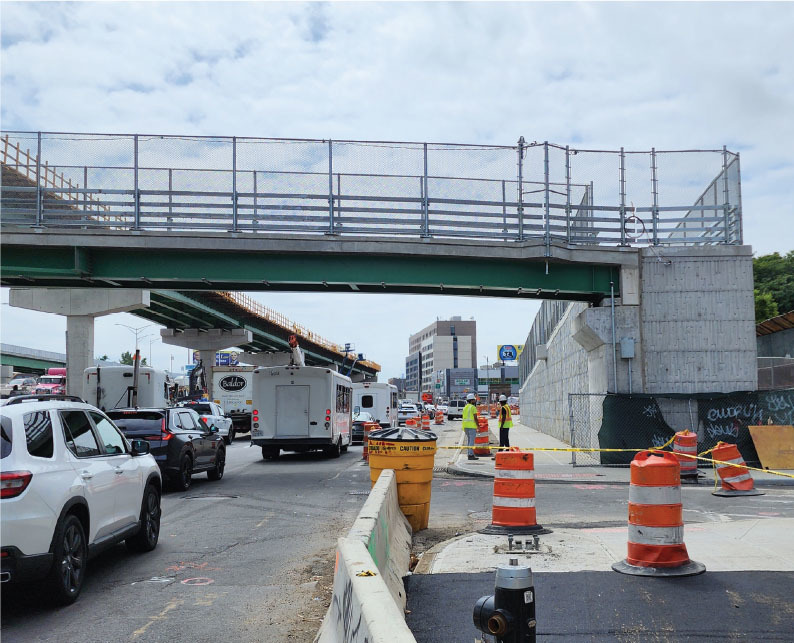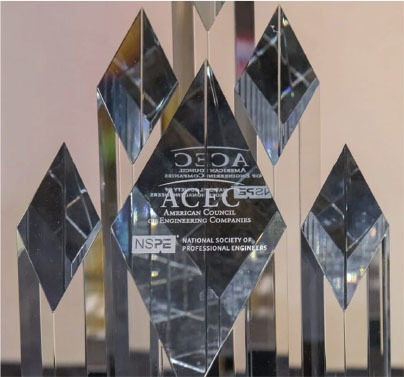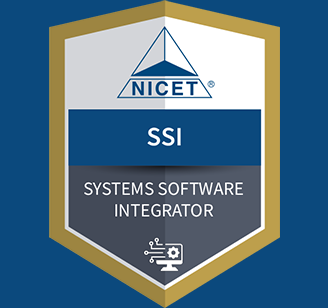July/August 2019
PE Report
NSPE, Engineers Canada Collaborate On Licensing Mobility
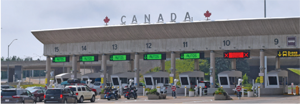 NSPE and Engineers Canada have announced a commitment to finding acceptable solutions to international licensure mobility challenges in a way that will maintain adequate protection of the public health, safety, and welfare.
NSPE and Engineers Canada have announced a commitment to finding acceptable solutions to international licensure mobility challenges in a way that will maintain adequate protection of the public health, safety, and welfare.
The discussion between the two organizations was prompted by a letter that NSPE submitted last year to the United States Trade Representative about the challenges that US PEs face when attempting to obtain a license in Canada.
The letter was a formal response to the US Trade Representative’s request for comment for its annual National Trade Estimate Report on foreign trade barriers. According to the report, standards-related measures (standards, technical regulations, and conformity assessment procedures) help facilitate international trade to obtain greater access to foreign markets. The measures also enable governments to pursue objectives such as protecting human health and the environment and preventing deceptive practices. However, standards-related measures that are nontransparent, discriminatory, or otherwise unwarranted can act as significant barriers to US exports.
Both the US and Canada allow individual jurisdictions to develop their own requirements for obtaining an engineering license. Unlike most states, Canada’s 12 provinces require license applicants to work at least one year in Canada before applying. This requirement prohibits many US PEs from practicing there despite having adequate education and experience.
British Columbia and Saskatchewan provide exceptions to this requirement. British Columbia recognizes Engineers Canada’s mutual recognition agreements with Hong Kong, Ireland, and Australia, while Saskatchewan maintains an agreement with Texas. Canada maintains an MRA with only Texas and Nevada.
An agreement between Engineers Canada and ABET, which recognizes the substantial equivalence of accredited engineering education programs, will serve as a model for addressing mobility.
NSPE leaders have expressed appreciation for the opportunity to work toward mobility solutions on an international scale and look forward to more discussions on reciprocity and mobility for licensed North American engineers.


 Volunteering at NSPE is a great opportunity to grow your professional network and connect with other leaders in the field.
Volunteering at NSPE is a great opportunity to grow your professional network and connect with other leaders in the field. The National Society of Professional Engineers (NSPE) encourages you to explore the resources to cast your vote on election day:
The National Society of Professional Engineers (NSPE) encourages you to explore the resources to cast your vote on election day: